
MENUMENU
TALK TO AN EXPERT
Special Hours: 7AM – 6PM PST
TALK TO AN EXPERT
Special Hours: 7AM – 6PM PST
When learning about solar power one of the first things most realize is that solar power cannot be used directly. Because of its fluctuations throughout the day and weather conditions, solar power is not constant and requires some electronics to control it. When using solar to charge batteries they cannot be connected directly and need a solar charge controller installed.
So let’s shine a light on this device and what solar owners need to know when picking one.
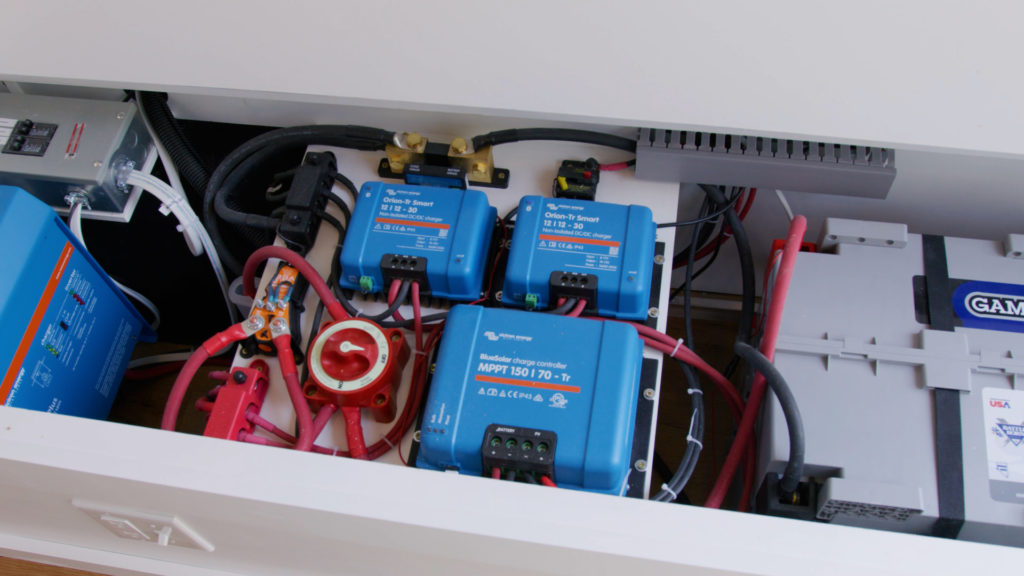
Solar charge controllers are always needed in systems that have batteries. Battle Born’s lithium battery line is an excellent choice for solar energy storage, but a solar charge controller is needed to hook up panels.
To understand what solar charge controllers do and why they’re critical to any solar power system, we should start with the solar panels themselves. Solar panels generate power when light shines on them, but they have no internal control over their power. Frequently, a solar panel will generate a voltage much higher than what a battery can handle and they will not stop producing power when batteries are full. Both of these conditions can severely damage a battery.
To prevent this, solar charge controllers regulate the flow of electricity from the panels. Solar charge controllers feed electricity to the batteries at the proper voltage until they’ve reached an optimal level and then close off the flow.
A charge controller also helps prevent power from flowing back to the solar panels. While most panels have diodes that prevent this, some power can “leak” back to the panels at night. So they’re like a traffic cop, ensuring the flow of electricity goes in the correct direction in the right volume at the right time.
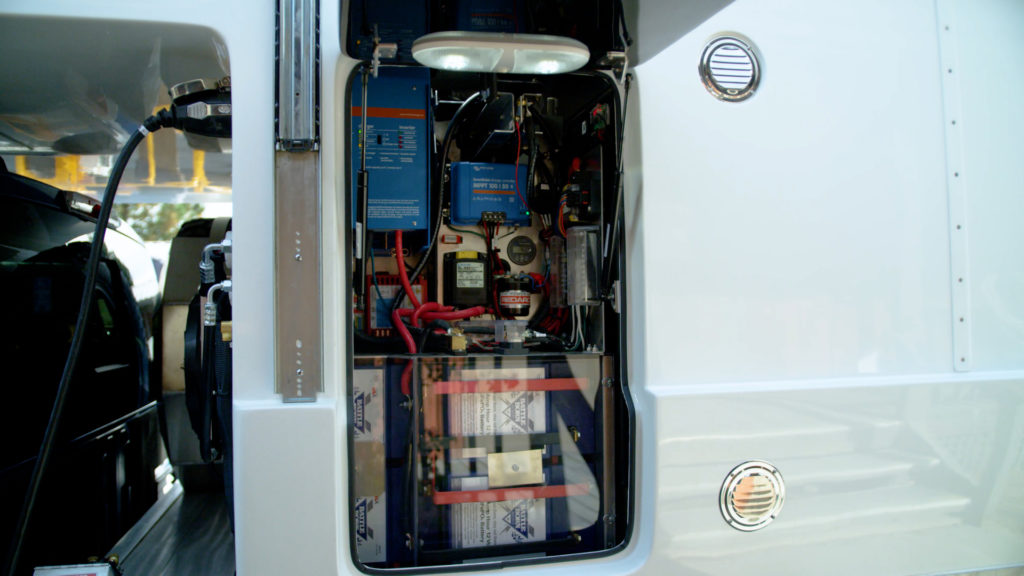
Now that you know what solar charge controllers do, we can dive into how exactly they do it. There are two main types that function in different ways: the pulse width modulation (PWM) and the more advanced maximum power point tracking (MPPT).
Pulse Width Modulation is like an electronic switch that sits between the solar panels and batteries. This switch can quickly move on and off to control the flow of electricity based on the voltage in the batteries.
Typically, they operate by slowly reducing the strength of the charge as the batteries fill up until eventually closing it off entirely when fully charged. They’ll work best in sunny climates where solar energy generation is relatively constant.
PWM charge controllers can not control voltage well because all they do is switch power on and off. Because of this you need to run solar panels that are closely matched to the battery’s voltage.
This is an older, more standard technology. It is less costly than MPPT controllers and may also have a longer lifespan in many cases.
Maximum Power Point Tracking (MPPT) solar charge controllers have much more sophisticated technology within them. They are basically DC-DC converters that have the capability to change the voltage and current of the output. This enables much more flexibility with running higher voltage solar panels or a series setup.
MPPT’s are designed with efficiency in mind. Since solar panels produce different levels of energy from day to day and hour to hour depending on weather and other conditions, MPPT technology tweaks the voltage and current from the panels as it regulates the energy flow. This helps keep the solar panels operating in their most efficient power range depending on the conditions and can improve output by up to 30% over a PWM model.
This can dramatically increase power output in charging, something especially critical for large systems or entirely off-grid homes. The higher voltages from the solar panels also allow for less loss in lines to the solar panels and longer runs are possible. MPPT units are generally more expensive than PWM controllers, they’ll work better in most situations.
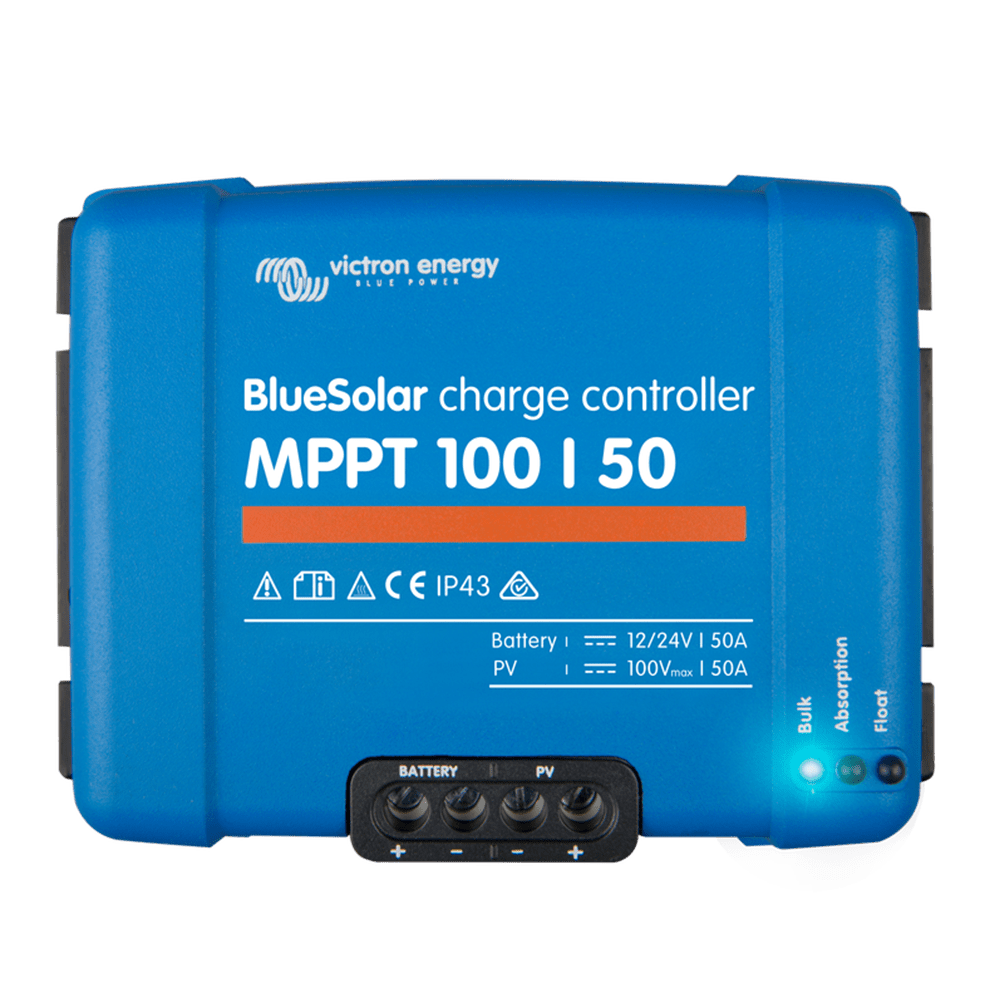
As you can see, solar charge controllers are a crucial part of any solar power system. Here’s a closer look at some of the most significant benefits of this humble piece of technology.
A solar charge controller can maintain a charge on the batteries even if they are being used. If batteries are full, the power used will flow directly through the charge controller and not discharge the battery.
Solar charge controllers also can maintain a healthy battery charge even if the system is not being used so that the batteries are ready to go next time they are needed.
Again, solar panels simply feed electricity as long as they generate it from the sun. In many locations, this will lead to overcharging long before the sun goes down. Solar charge controllers monitor charge levels in batteries to prevent overcharging. This can save you hundreds of dollars in replacement batteries and countless hours of frustration or annoyance.
One of the main functions of a solar charge controller is to close off the flow of electricity between the panels and batteries. This closed-off connection works both ways. At night, solar charge controllers prevent energy from flowing out of the batteries back toward the panels. These reverse currents don’t only leave batteries drained. They can also seriously damage panels, leaving them operating at reduced efficiency.
Like many other items in the solar power world, there is no shortage of brands, models, and features out there for solar charge controller shoppers to sort through. Keep these aspects in mind to make the shopping process a bit more straightforward.
Luckily, solar charge controllers are available across a wide price range, from less than $50 to near $500 or more. Of course, they’ll differ somewhat substantially in features and other aspects, but you should be able to find a suitable controller within your price range.
The biggest thing to consider is between MPPT and PWM. While MPPT will cost more they typically will make your system generate 30 percent more power so factor that into the cost.
Like any piece of technology, certain companies or manufacturers will produce higher-quality parts. It’s worth reading up on various brands and seeing what reviewers have to say. Have they faced bugs or equipment breakdowns? Did they have some extra appreciation for a feature you may not have considered?
Equipment quality can also help inform your budget. After all, it may end up costing significantly more to buy and replace a cheap solar charge controller that breaks or degrades than simply investing in one that will last for the long term.
We’re not talking about the physical size here. We’re referring to the capability of solar charge controllers to adequately handle the correct voltage and required amperage that passes from your panels to your batteries.
Most buyers will opt for a controller that can handle the maximum output, but others sometimes choose one with less capacity. This simply means the capability of the charge controller will max out in certain high-generation situations, leading to a slower battery charge.
Some solar charge controllers are pretty simple. Others offer a diverse suite of features designed to help optimize your system and make life easier for owners. These can include technical settings to match up the battery to the charge controller.
It can also include more user-friendly capabilities like Bluetooth monitoring and control, and many others. These may not be top of mind when picking your charge controller but can be a valuable bonus to remove some hassle or improve system performance.
Sizing solar charge controllers correctly can be one of the most critical and underrated parts of installing a solar power system. Not only are these devices not one-size-fits-all, but there are also some essential differences to note between types.
When opting for a PWM solar charge controller, it’s crucial to match it up to the rest of your system. It should be compatible with the voltage of both your batteries and panels. This is necessary because relatively simple pulse width modulation technology can’t adjust the voltage between the generation and storage sides.
On the other hand, MPPT solar charge controllers can handle changes in voltage. This allows them to work with panels of a higher voltage than the batteries they charge. Their only real requirement is that they be rated higher than the system’s open-circuit voltage input.
You can determine which solar charge controller is best for your system through this compatibility chart.
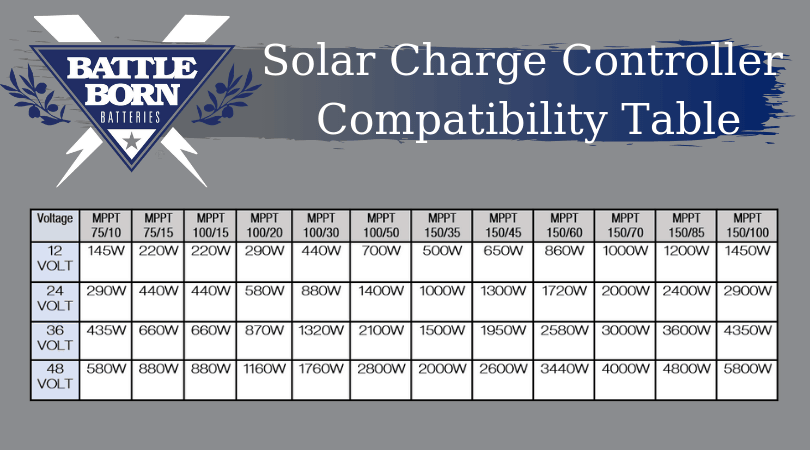
The answer to this question is a resounding yes. Solar charge controllers are just as integral a part of a solar power system as the panels and batteries. In fact, both of these other components wouldn’t function properly and may even face permanent damage without the work of solar charge controllers. This damage could even lead to potentially unsafe situations for owners.
However, you can avoid all of this using a simple, relatively affordable solar charge controller. Along with its other valuable features, solar charge controllers can help keep your system humming for years to come.
We know that building or upgrading an electrical system can be overwhelming, so we’re here to help. Our Reno, Nevada-based sales and customer service team is standing by at (855) 292-2831 to take your questions!
Also, join us on Facebook, Instagram, and YouTube to learn more about how lithium battery systems can power your lifestyle, see how others have built their systems, and gain the confidence to get out there and stay out there.
Shop Best Sellers
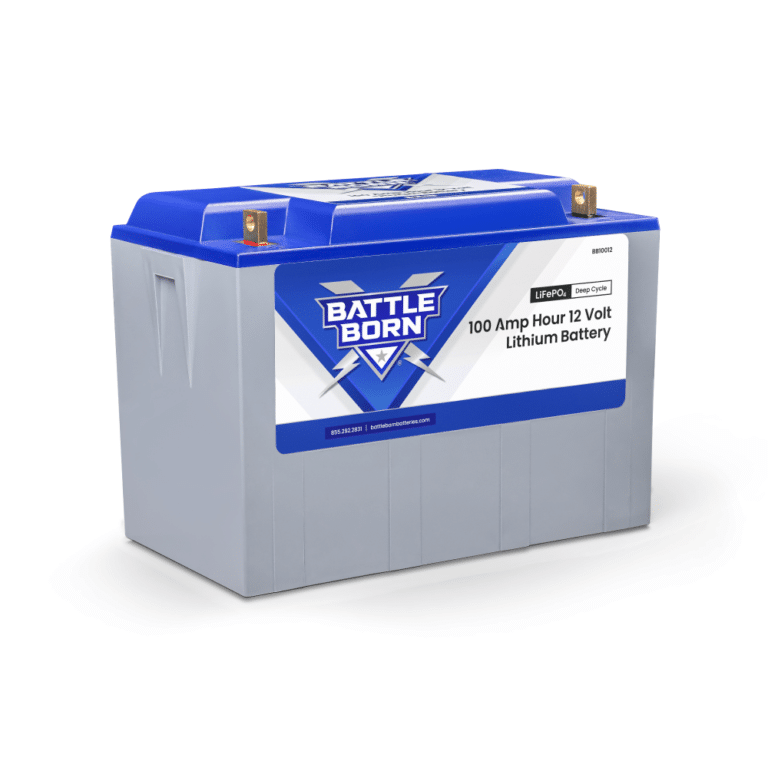
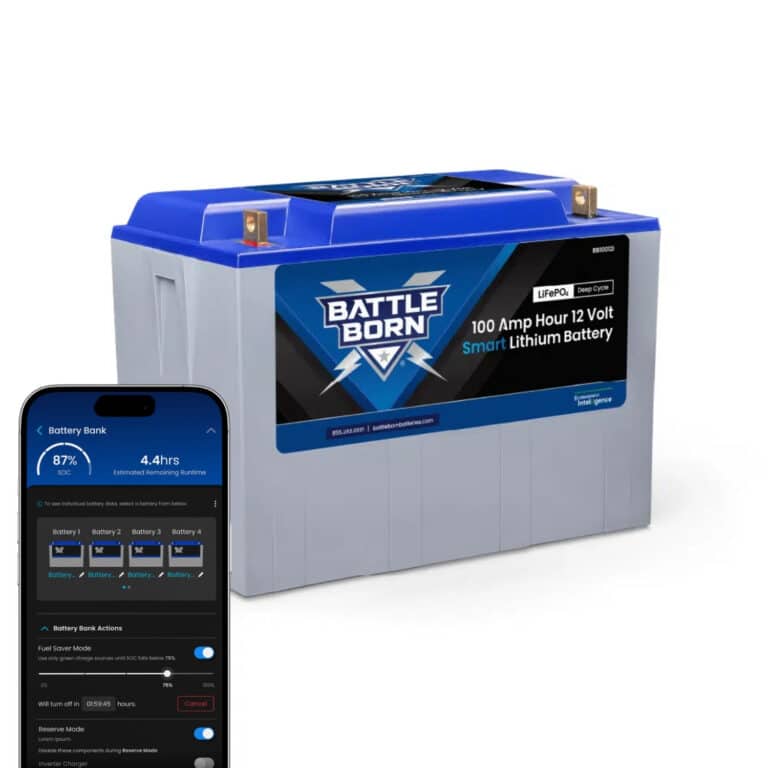
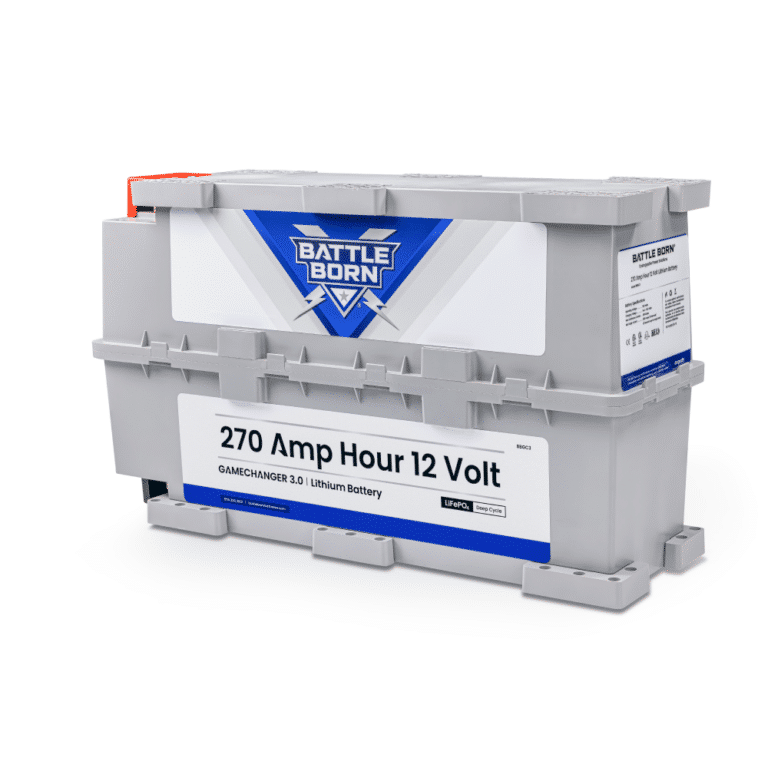
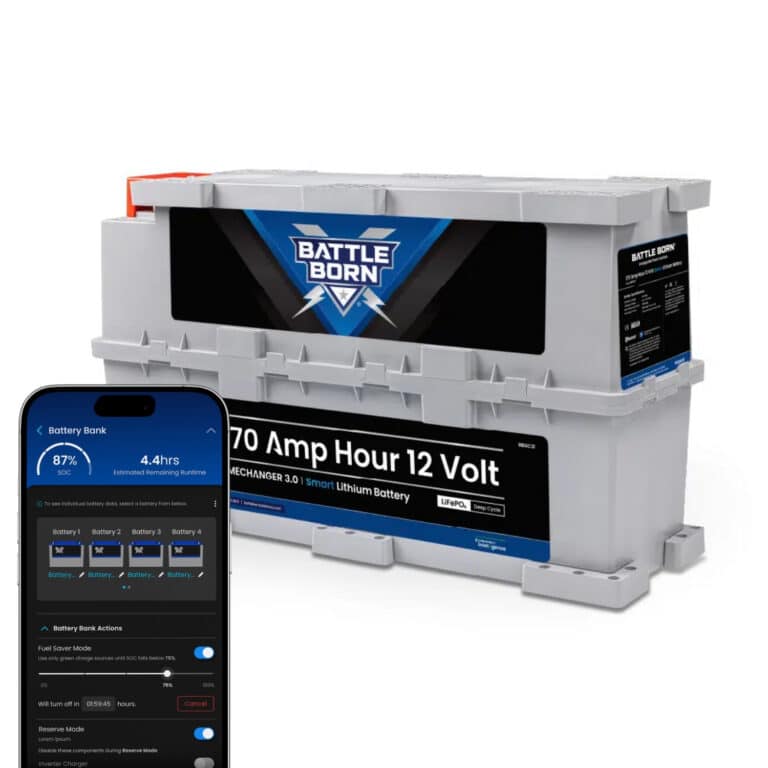
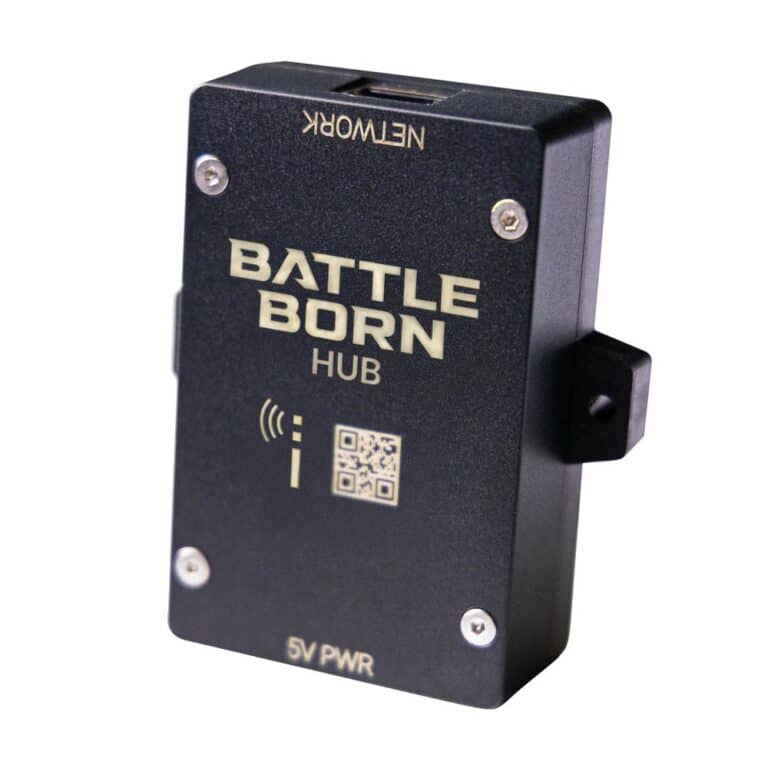
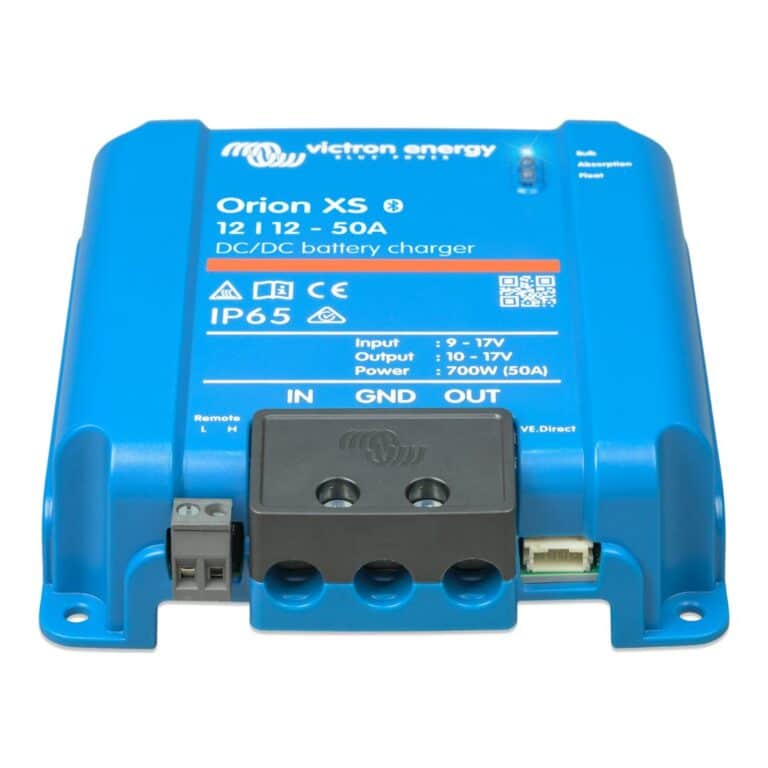
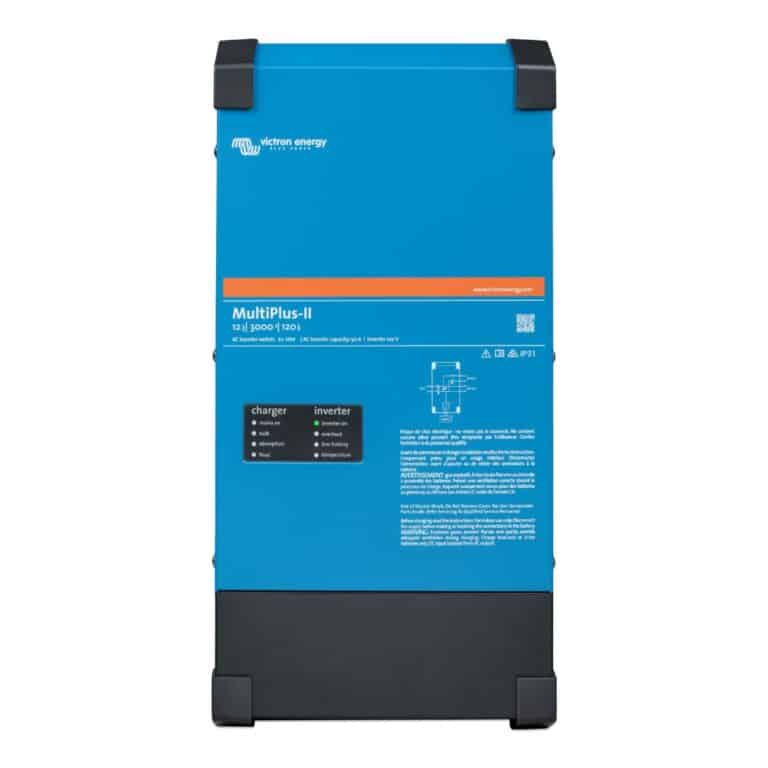

Ask a technical specialist now at 855.292.2831
Stay in the Know